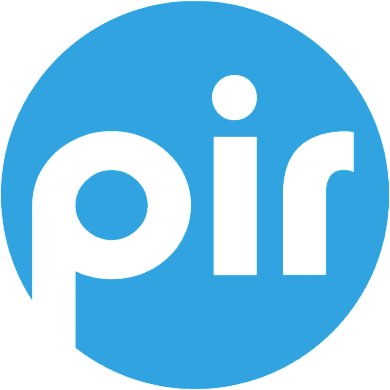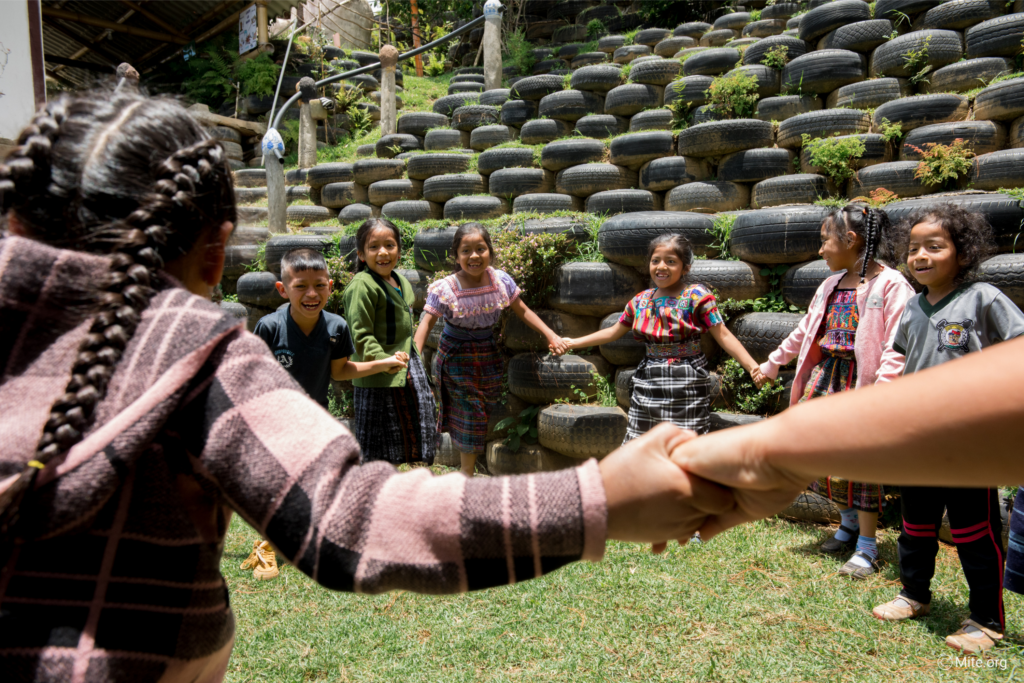More than a school, Long Way Home is a model for change where students lead, communities thrive, and education fuels real-world impact.
At Long Way Home in rural Guatemala, education isn’t just about what happens in the classroom. For founder Matt Paneitz and his team, it’s about creating a model where learning and community action reinforce one another – and where students grow up knowing just how powerful they are.
“We’re involving our students in fighting poverty,” Matt said. “That’s why we’re called Hero School.” The Hero School is a learning hub operated by Long Way Home with a unique pedagogy developed in response to social, economic, and environmental challenges in the community. Their curriculum blends traditional education practices with UNESCO education for sustainable development, STEM methodology, and green building. Each year, students leave the classroom to build essential infrastructure, such as stoves and water tanks, for families living in extreme poverty. It’s not symbolic or staged; it’s hands-on work with real, measurable impact. And this year, for the first time, those projects are now embedded in the middle of the school year instead of at the end—a shift that’s deepened the learning. “It’s more integrated now,” Matt said. “Students have a better pre- and post-experience. It wasn’t easy to make that change, but I’m proud we did.”

This stove, constructed from stacked blocks and fueled by wood, are currently used for daily cooking. They lack a chimney and insulation, which can lead to energy inefficiency and indoor smoke buildup. These are some of the stoves that students have assessed and will improve in May 2025.
For organizations committed to long-term community change, that principle of tightening the connection between learning and doing is key. When community engagement is woven into everyday systems, not tacked on as an afterthought, the results are more meaningful and longer-lasting.
This year, Long Way Home serves 177 students with a teaching team of 25. Small class sizes, around 15 students, create space for real mentorship and hands-on experiences. And the growth in student confidence, especially among young women, is hard to miss. “In a ‘machismo’ culture, they used to hang back,” Matt said. “Now they’re leading. They know how good they are at this, and you can see it.”
Students at Long Way Home engage in a hands-on classroom activity.
Over time, students who once needed guidance return as mentors, leading project teams and even securing funding. When Long Way Home applied for a grant from the German Embassy, it was the students who made the pitch, and landed it. “They were so clear and confident,” Matt said. “That’s what put us over the top.”
Some students don’t even wait for direction. “Sometimes they go build a stove for a neighbor or family member on their own, without telling us,” Matt said. “They find the money, they figure it out themselves. That’s when I know it’s working.”

A community member and her son stand beside their existing cooking setup.
That ownership doesn’t happen by chance. It comes from designing systems that center students as leaders. That means asking students to conduct community surveys to determine who in the neighborhood is in most need. From there, the projects are driven by real data, rooted in real relationships, and built around actual needs. “If there’s a single mom without a stove, a disabled person, someone in need,” Matt said, “we know it, and we fix it.”
This kind of connection – between students, their work, and their neighbors doesn’t happen by accident -it takes time. “We’ve spent 16 years building this campus,” Matt said. “We’re not the NGO that builds 35 schools a year. We built one, over 16 years—and this month, we’re finally cutting the ribbon on the last building.”
Hero School staff and builders stand outside of the uniquely designed structures on campus in 2023.
That kind of patience might not make headlines, but it’s what creates deep roots. And the value of staying committed to one place, one model, one community- long enough to actually see it through.
Being named a .ORG Impact Awards finalist, Matt says, helped renew that commitment. “It’s easy to get lost in the day-to-day,” he said. “But when you get recognized—and funded—it reminds you that you’re on the right path. Our team really felt that.”
For Long Way Home, that sense of momentum has been built slowly and intentionally—by creating space for students to lead, by putting community needs at the center, and by sticking with it even when it’s hard. “You build it up over time,” Matt said. “Small steps. The students start to realize what they’re capable of. And then it becomes habit.”
Long Way Home is showing what’s possible when young people are trusted to lead real change – one project and one community at a time. Learn more at www.lwhome.org.

